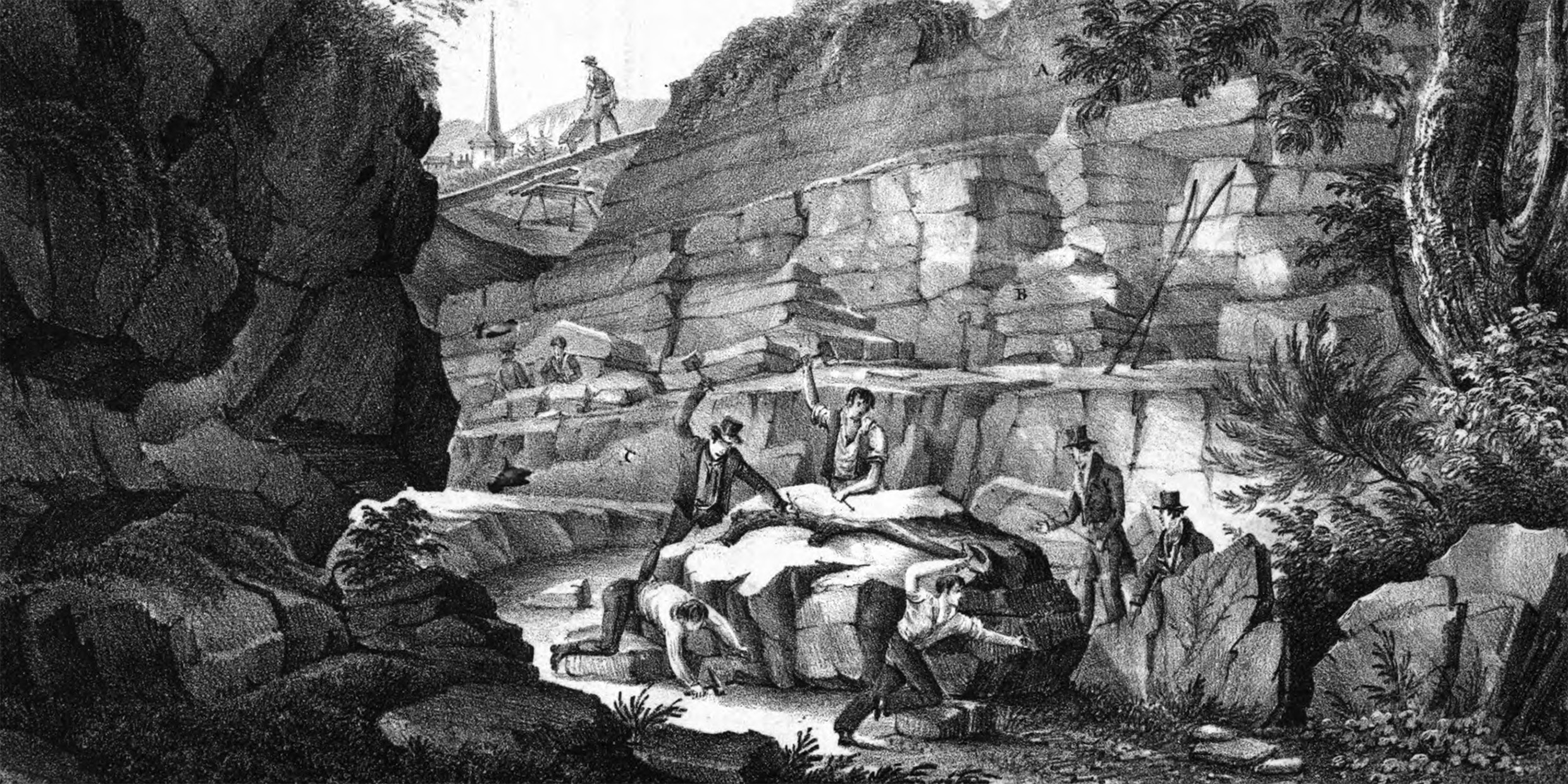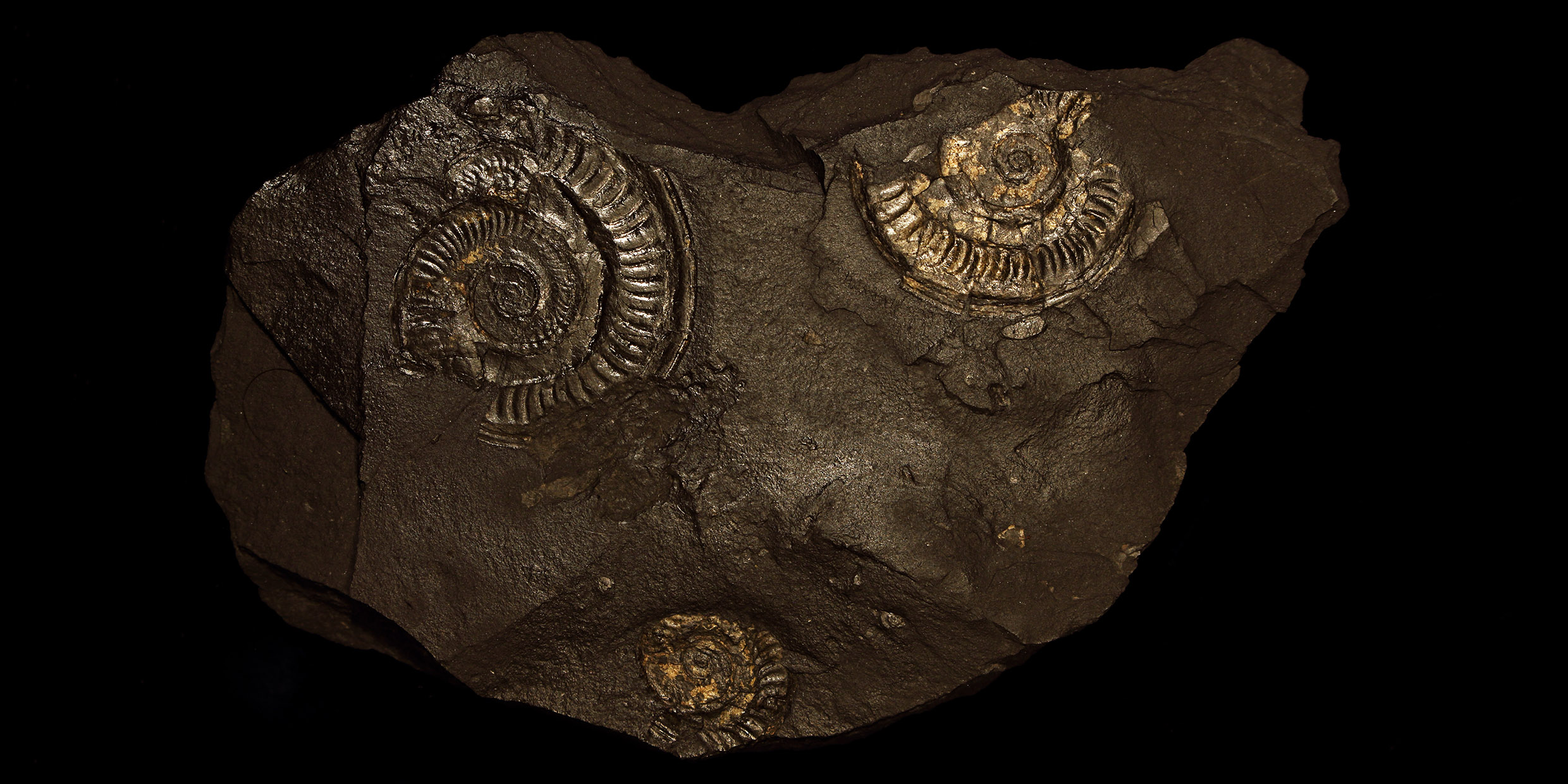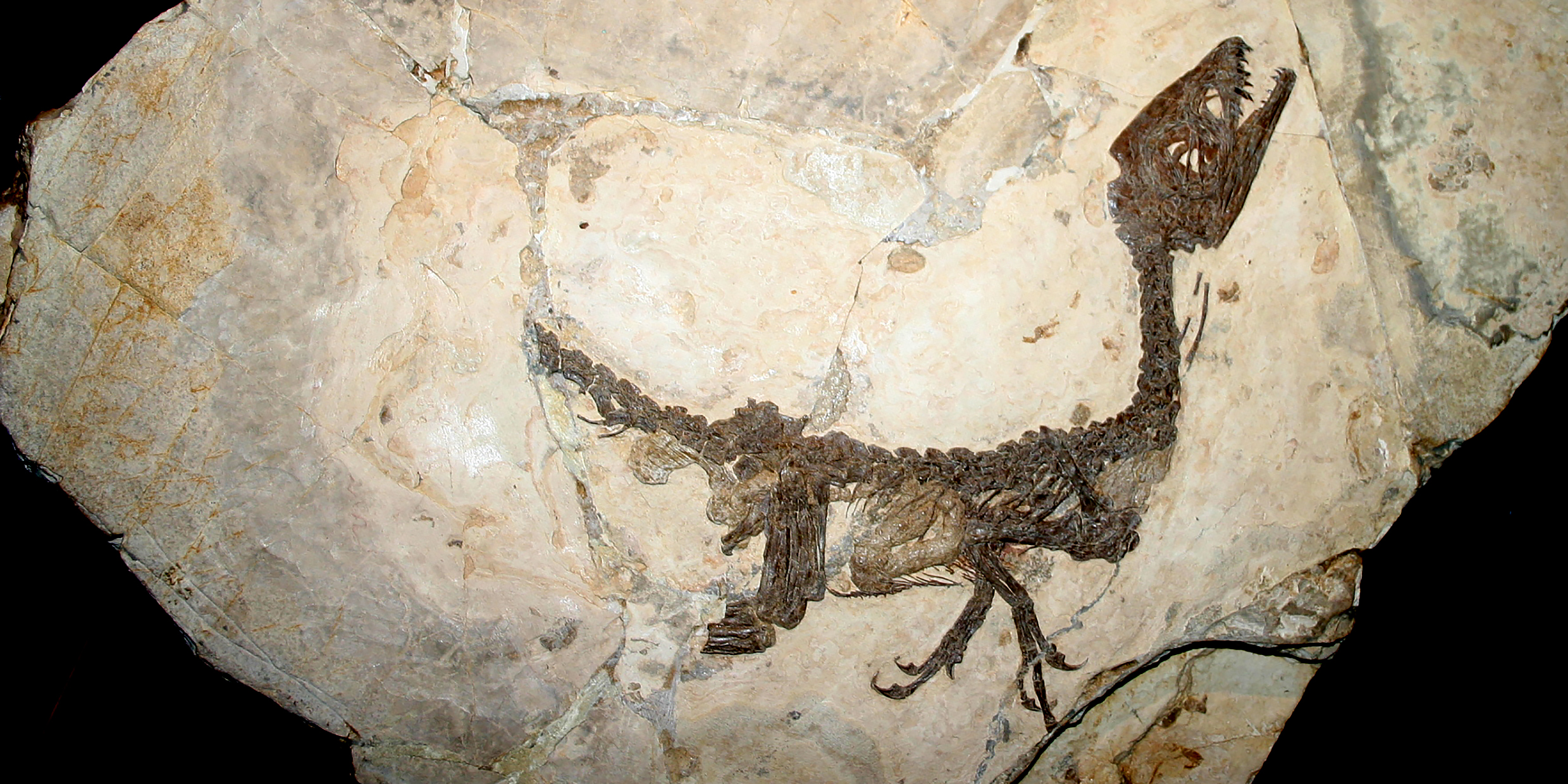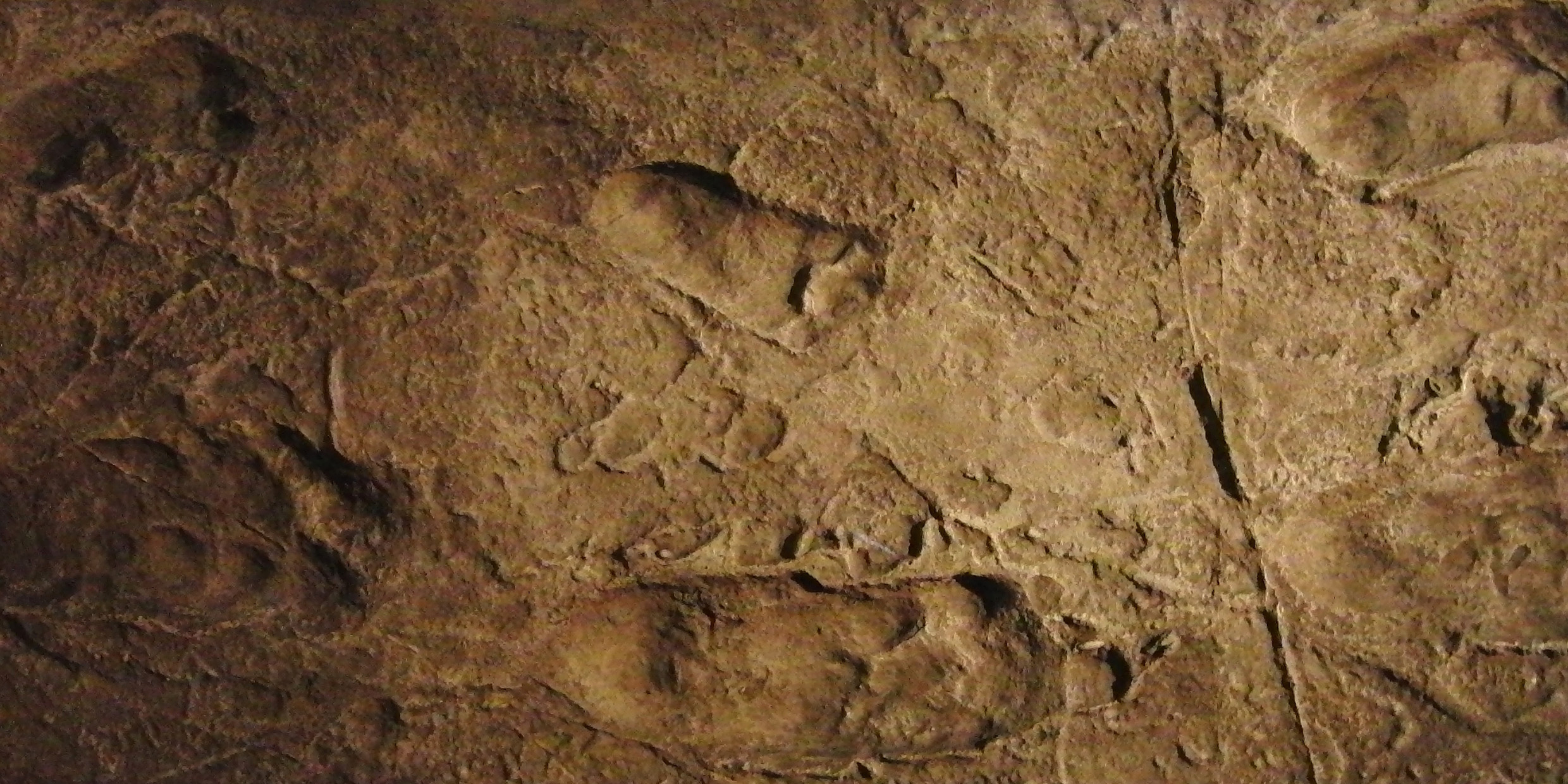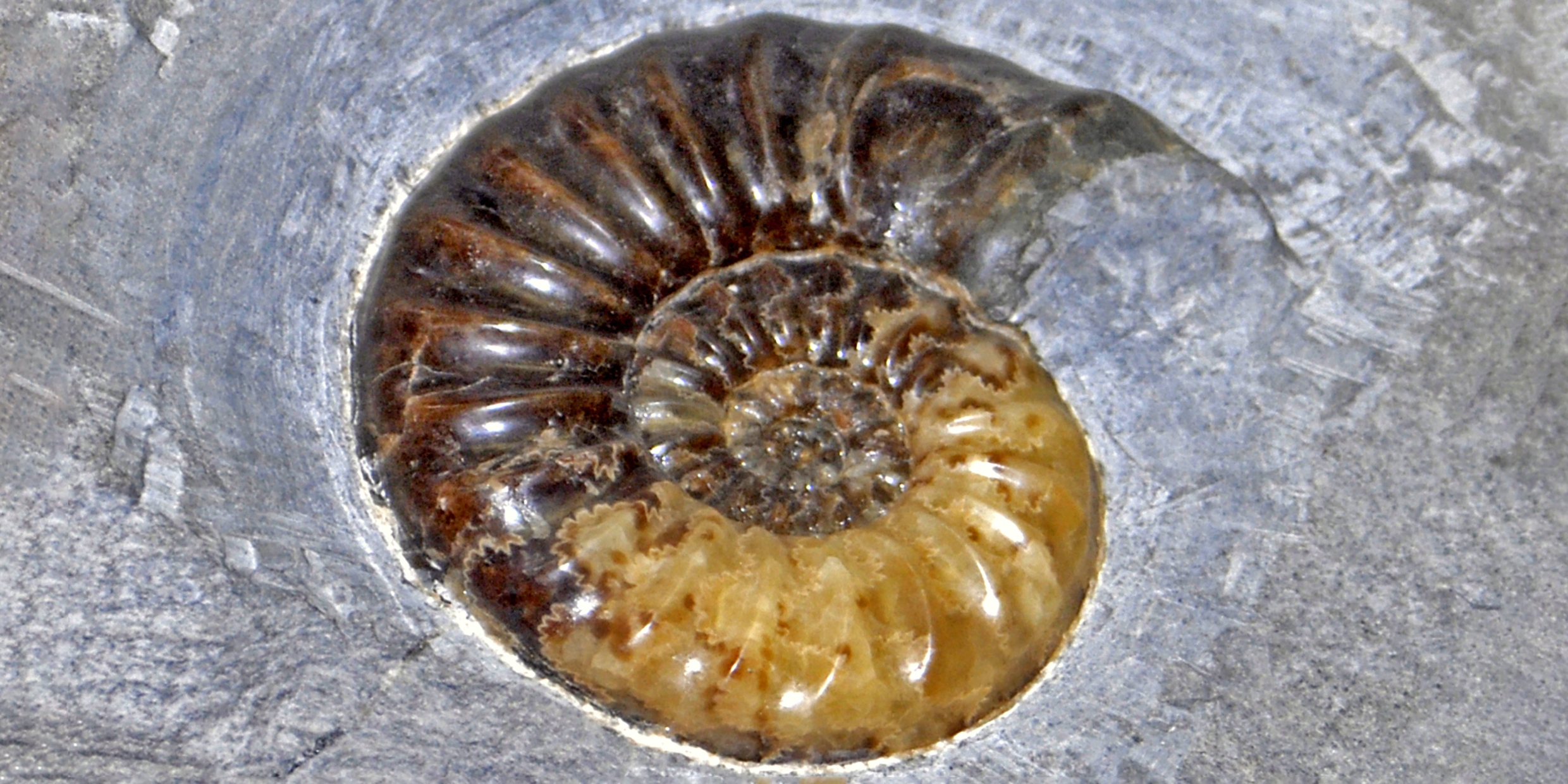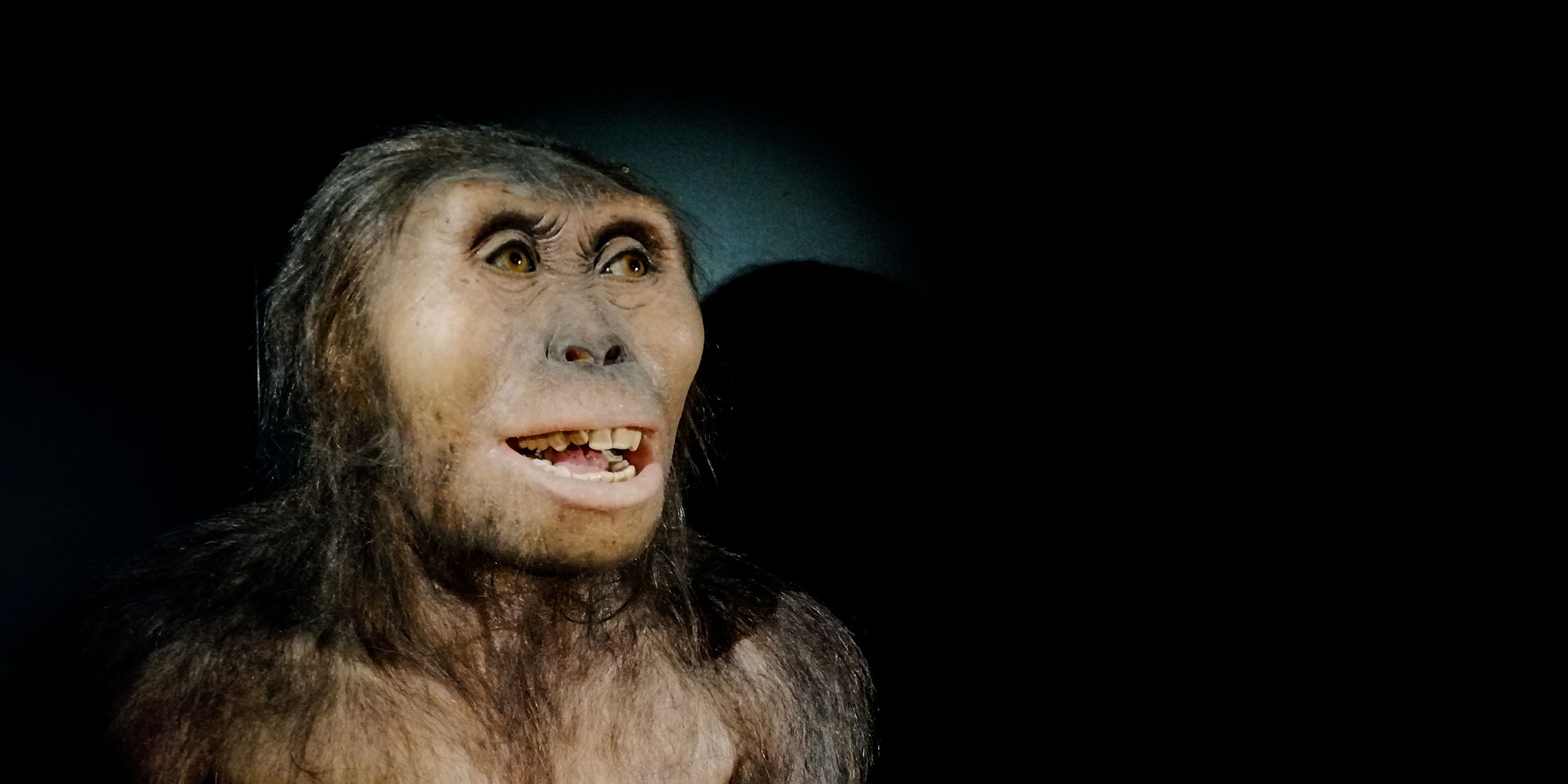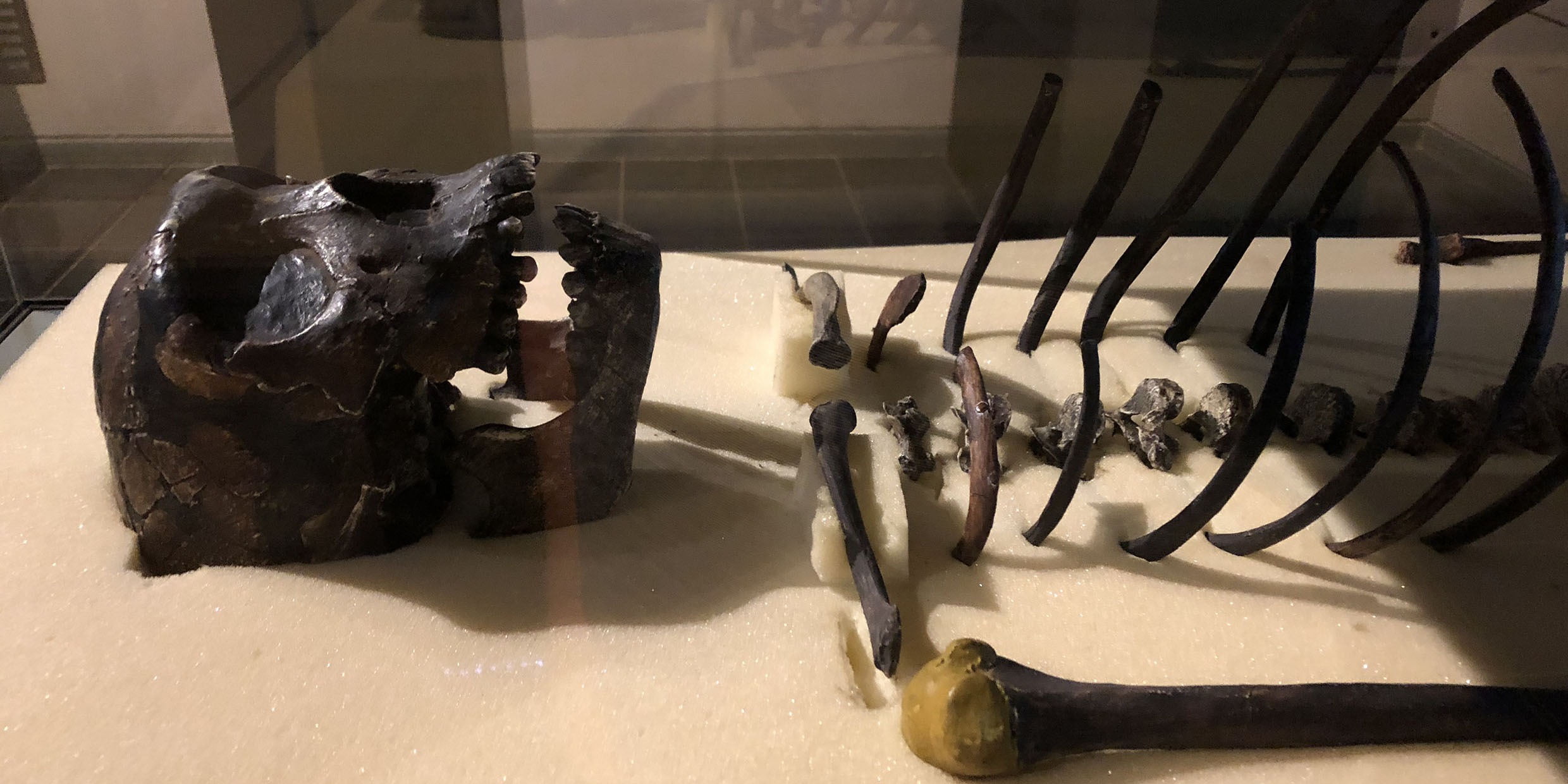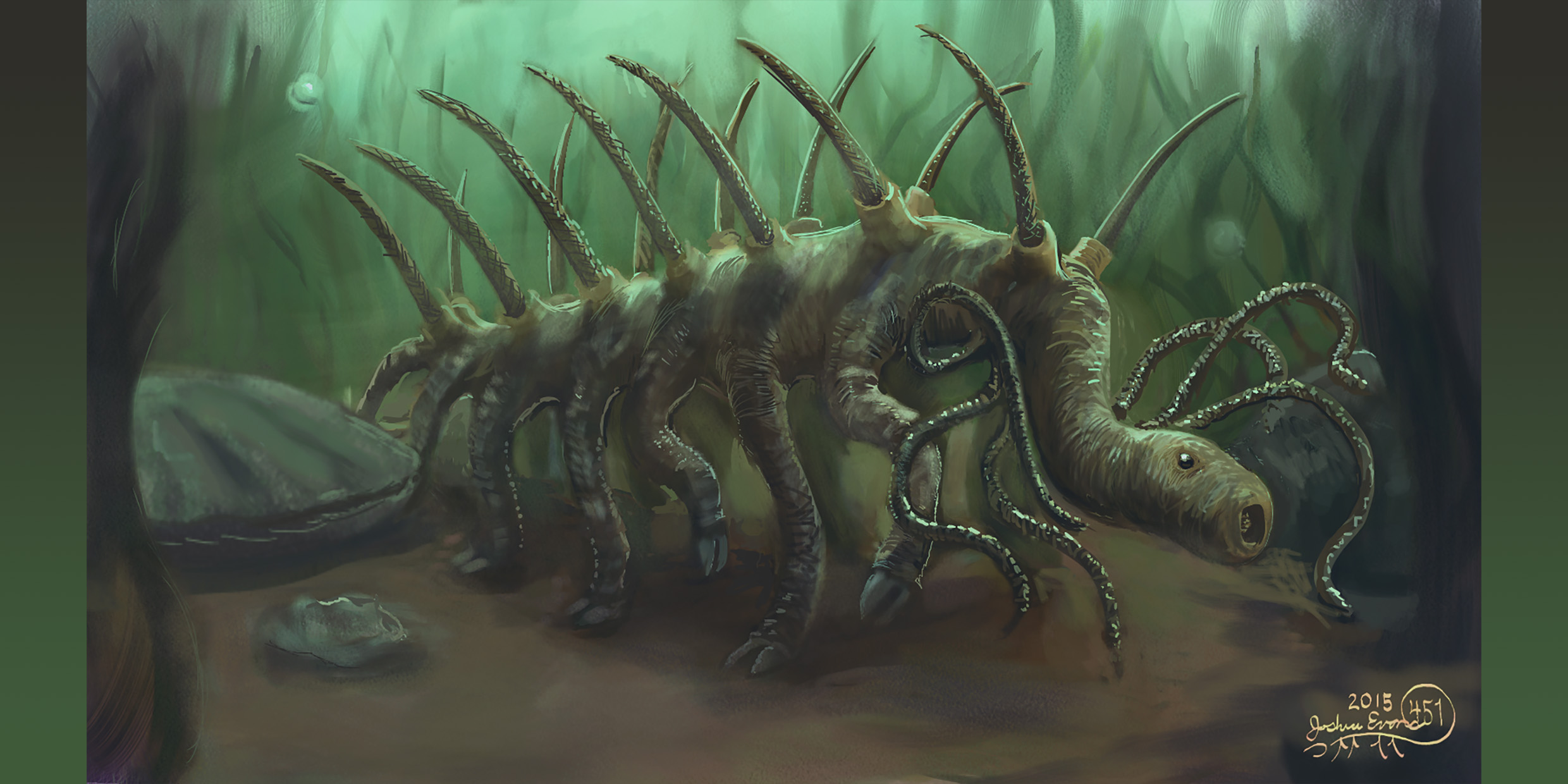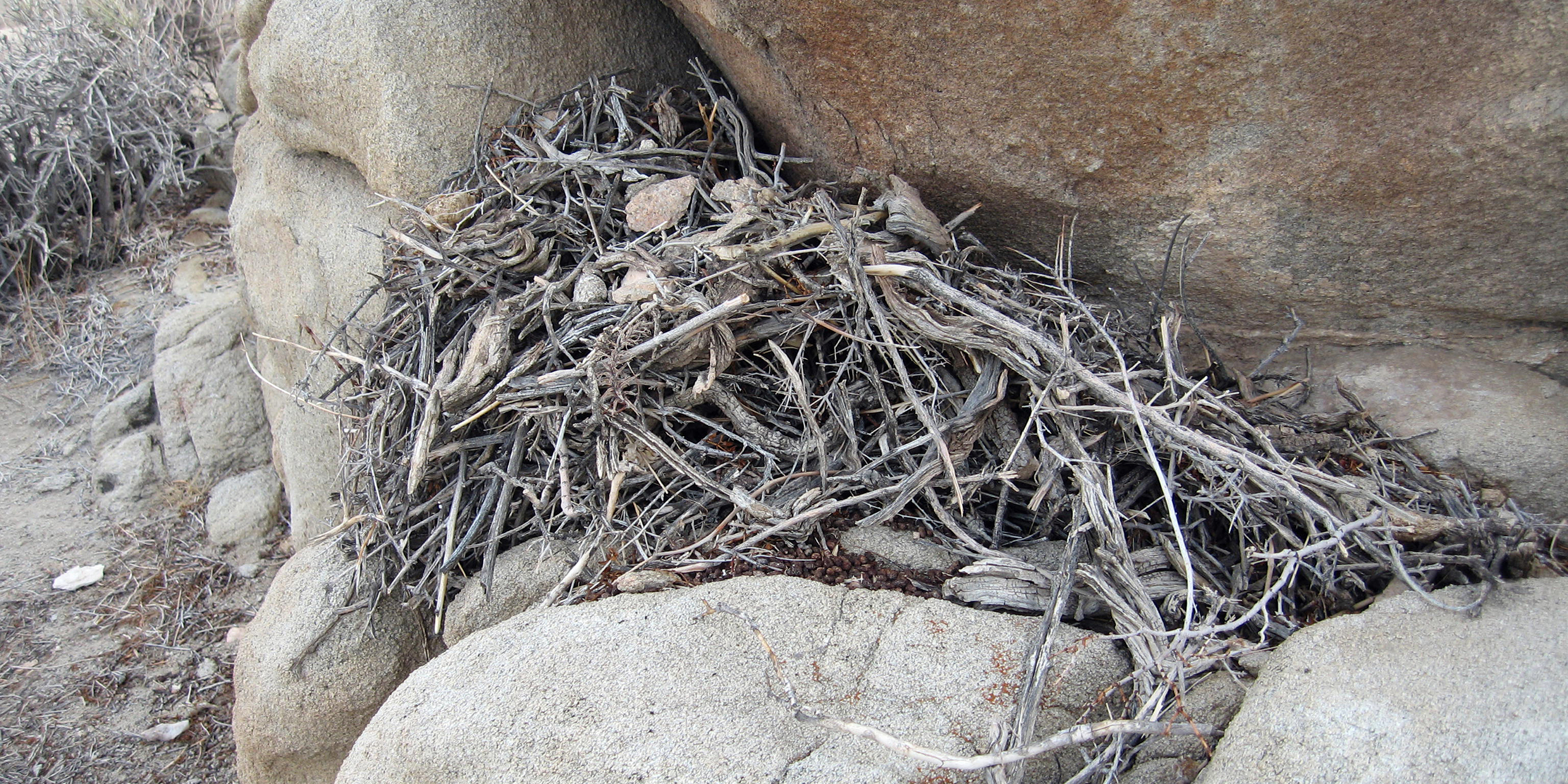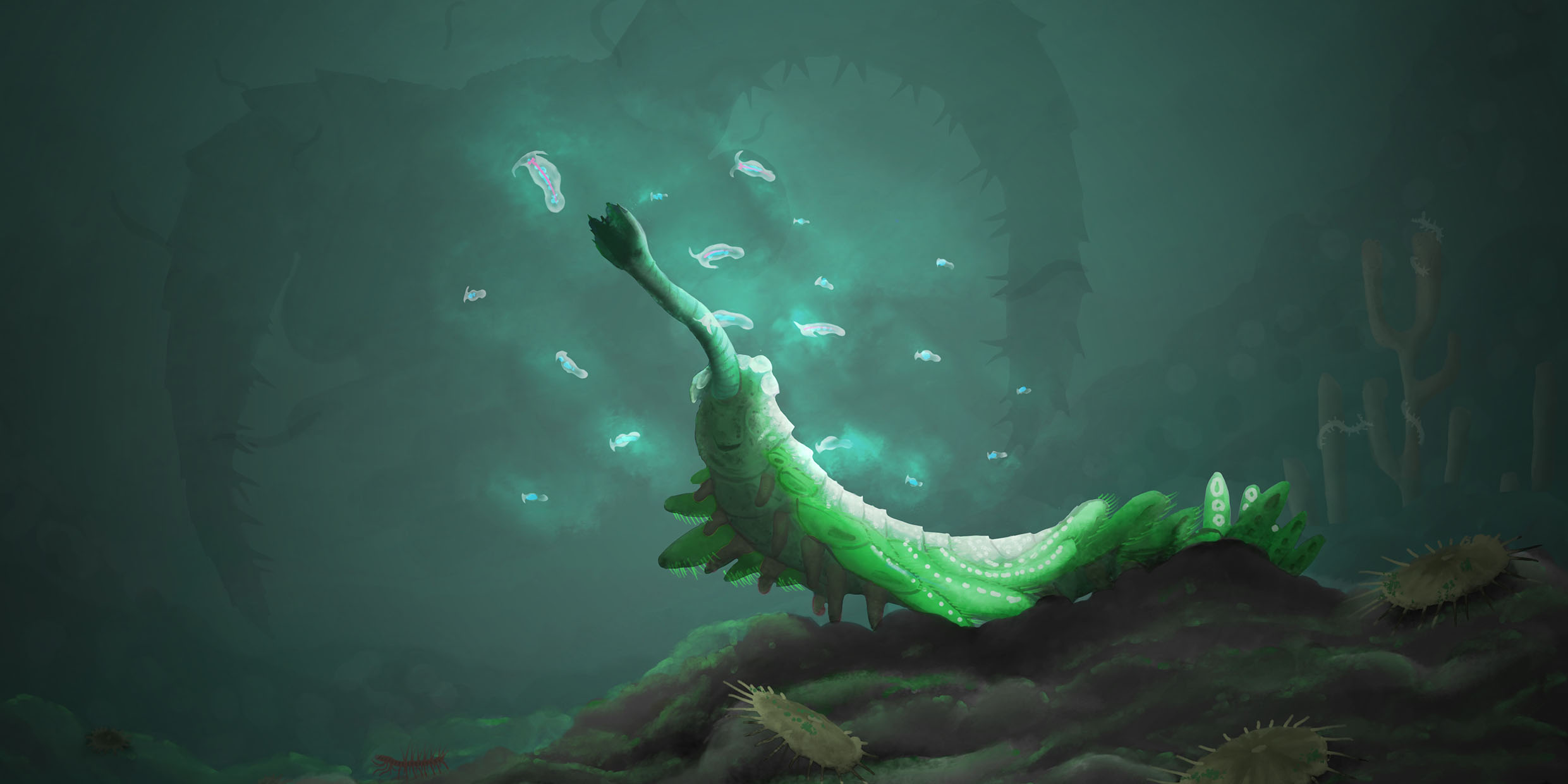In the fall of 2003 I walked the prime meridian, the line of zero longitude, across southeastern England, visiting many sites important to the history of science.
Articles with Fossils
The ammonite’s fossilized legacy
A round gray stone sits on the window sill by my desk. The stone is cracked across the middle. It opens like a jewel box to reveal an ammonite, a fossilized sea creature shaped like the tightly coiled horn of a miniature ram.
Out of the darkness
“You darkness, that I come from, I love you more than all the fires that fence in the world,” wrote the poet Ranier Maria Rilke.
The moment we became different
For more than two decades, Donald Johanson has searched the Great Rift Valley of East Africa for bones of our early ancestors.
The secret life of an ancient stone
My daughter, a geologist, recently returned from a visit to the high Himalayan plateau. She brought me a gift: a gray, naturally rounded stone, of a size that fills the hand with a satisfying heft.
Great plot, but casting may be tough
Hey, Tony baby, the concept is a knockout. A Hollywood movie about the earliest human.
What our ancestors’ fossils don’t tell us
I’ve been living with the kid for three weeks. He stands in the corner of my office, dead still, staring blankly. I call him Nari.
No one knows which way is up
This is the tale of topsy-turvy Hallucigenia, a little animal that doesn’t know which way is up. It is also a tale of scientific riddles and how they are solved.
Meaningful messes
Packrats pack. Paleontologists unpack. Out in the deserts of the American West paleontologists unpack packrats’ packs.
The crapshoot of history
Stephen Jay Gould has written his best book yet. “Wonderful Life: The Burgess Shale and the Nature of History” is the story of some remarkable fossils from the mountains of western Canada, and a sprightlier introduction to the history, methods, and philosophy of science would be hard to imagine.
